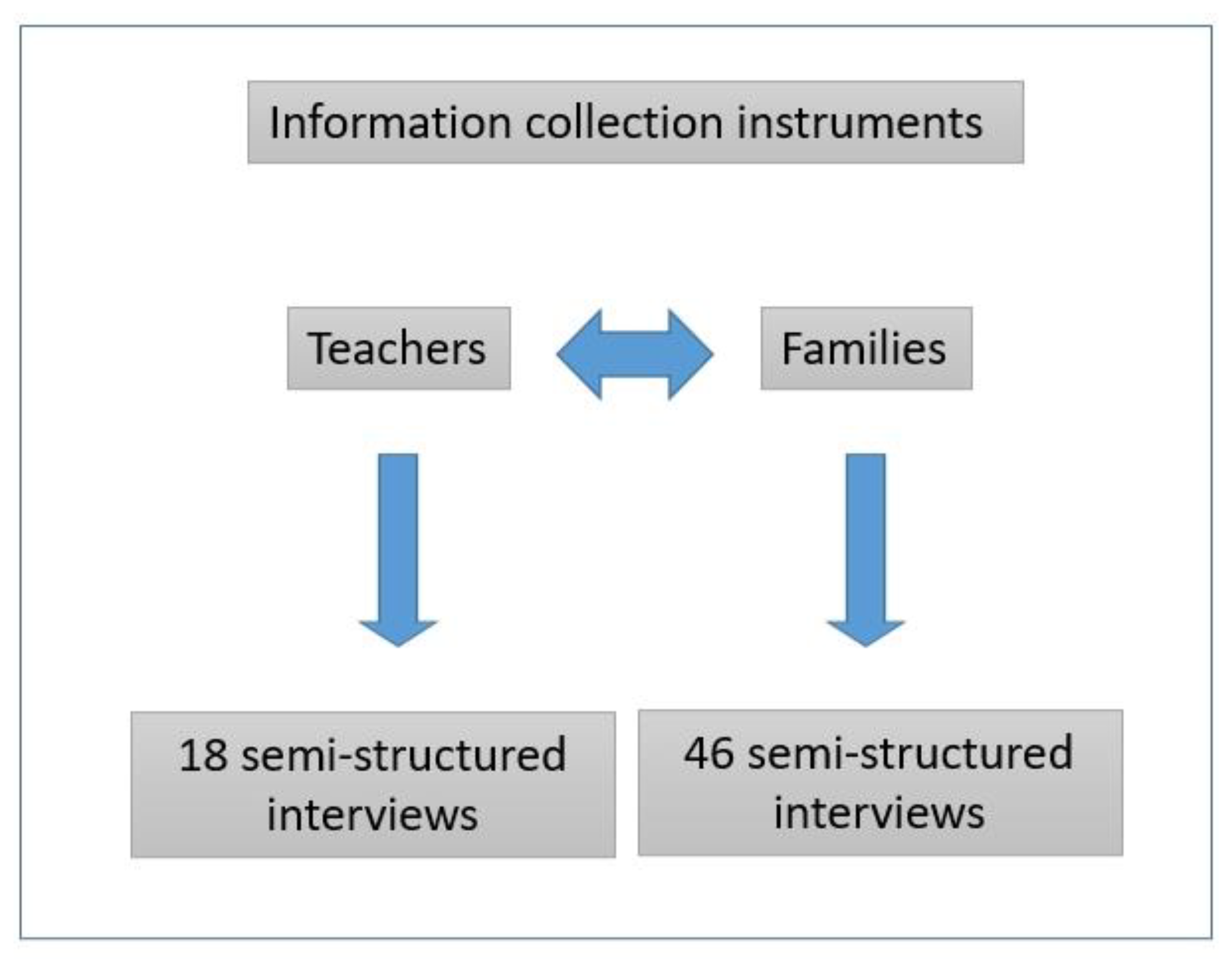Using Technology to Strengthen the Connection between Home and School
- Expanding Teacherfamily Connections With Technology Applications
- Expanding Teacherfamily Connections With Technology Solutions
- Expanding Teacherfamily Connections With Technology 4th Edition
The research shows what teachers already instinctively know: parents’ involvement in their children’s education is a major contributor to student success both academically and socially. The national Coalition for Parent Involvement in the Classroom lists a number of research studies providing evidence for the critical role parents play in children’s learning. In fact, even when controlling for family income and background, students with involved parents are more likely to have higher grades and test scores, attend school regularly, have better social skills, show improved behavior, and adapt well to school.

Unfortunately, James Bosco says in this article, “involving a majority of parents continues to be a challenge.”
Bosco, principal investigator for the Consortium for School Networking’s Participatory Learning in Schools: Leadership & Policy initiative, believes digital media have the potential to improve the situation “exponentially…because a large — and rapidly increasing — number of Americans use smartphones, tablets, notebook computers and other digital devices in their daily lives.” Compared with non-digital efforts like sending home paper communications, and hosting parent-teacher conferences and open houses, using technology allows schools and educators to meet parents where they are.
Digital Divide
Get the latest breaking news, sports, entertainment and obituaries in Augusta, GA from The Augusta Chronicle. Technology also has the power to transform teaching by ushering in a new model of connected teaching. This model links teachers to their students and to professional content, resources, and systems to help them improve their own instruction and personalize learning.
In addition to connecting with the world students live and breathe in, new learning models afforded by technology are also useful in reconnecting with families, neighborhoods, and native places students have affection for.
But, according to the Children’s Partnership, one group can’t benefit from this dynamic: low-income families for whom the economic barriers to using digital media may still be too high. And research by the Joan Ganz Cooney Center shows that even though 94% of low-income families do have internet access, their connection is often inconsistent or unreliable.
As districts and policy makers consider options for addressing the divide, opportunities for teachers to alleviate the problem do exist, especially in the area of improving communication with parents.
In this article, the Association for Supervision and Curriculum Development (ASCD) recommends alerting parents to EveryoneOn.org, an organization that works with telecommunications providers to connect families that qualify with affordable internet access and digital literacy training.

1. Henderson, A.T., and K.L. Mapp. 2002. A New Wave of Evidence: The Impact of School, Family, and Community Connections on Student Achievement. National Center for Family and Community Connections with Schools, Southwest Educational Development Laboratory.
A Harvard Family Research Project study indicates that “different media may present unique opportunities and challenges. For example, patterns of use and associated outcomes may vary among websites, email, newer social media platforms including blogs and wikis, and combinations of these media.” A good solution is to find out at the beginning of the school year what forms of communication parents have access to and are comfortable with. Gwen Pescatore, president, Home & School Association, shares a good example of a brief communication toolbox survey here. She also recommends Remind.com, which lets you quickly send messages via text and email, so it’s easy to accommodate a variety of preferences and parents don’t need a smartphone, just any phone that receives text.
Be Aware of the Limitations of Electronic Communication
Pescatore says, “The best tool is still face-to-face. [Using technology] is not about replacing that time-tested communication model.” But as we all know, in-person interaction can be a big challenge for busy parents. The hope of digital communication tools is that they can allow educators to “maintain open lines of communication with everyone, regardless of their ability to speak in person,” she says.
There are risks to be aware of, however, with the loss of face-to-face interaction. While email and text are convenient and many parents’ preferred methods, they are not the best way to communicate some messages. “For any communication beyond a simple request, like reminding Johnny to meet for extra help after school, it's always wise to avoid a detailed exchange and request a face-to-face meeting instead,” says teacher and Edutopia blogger David Cutler in this article. “It's remarkably easy to misconstrue tone and meaning via e-mail, which heightens fears and emotions.”
Consider the Message Before Choosing the Medium

The school website is a good vehicle for communicating general school information – staff directory, list of upcoming events, learning spotlight, school forms – but less effective for time-sensitive information, says Brad Flickinger, technology integration specialist at the Metropolitan School of Panama. “Posting a bake sale announcement on the school’s home page the day before the event takes place is not likely to draw families. The odds that many parents will visit the website on any given day are slim. Instead, go where the most parents are: Facebook. And this works for just about any announcement you might usually broadcast using paper flyers,” he says. Flickinger recommends every school have a Facebook page and encourage parents to “like” it so that announcements automatically show up in parents’ feeds.
Expanding Teacherfamily Connections With Technology Applications

Expanding Teacherfamily Connections With Technology Solutions
Try Telecommunications Platforms to Involve Working Parents
Expanding Teacherfamily Connections With Technology 4th Edition
Founder & CEO of VolunteerSpot, Karen Bantuveris, says that “73 percent of parents cite work schedules that prevent them from volunteering regularly.” Technology can be a great way to help those parents get more involved. She suggests “using telecommunication platforms like Skype or Google Hangouts so that parents can read to the class or help with pre-scheduled assignments without being physically present in the classroom.”
As children’s first teachers, parents can be a great partner in the goal of childhood education. By understanding parents’ communication habits and preferences and considering the most effective channel for each message, educators can overcome typical barriers to parent involvement.
To learn more, read Tech Tools to Support the Home-School Connectionon EdTechLens’s blog.
As children’s first teachers, parents can be a great partner in the goal of childhood education. By understanding parents’ communication habits and preferences and considering the most effective channel for each message, educators can overcome typical barriers to parent involvement.
To learn more, read Tech Tools to Support the Home-School Connectionon EdTechLens’s blog.